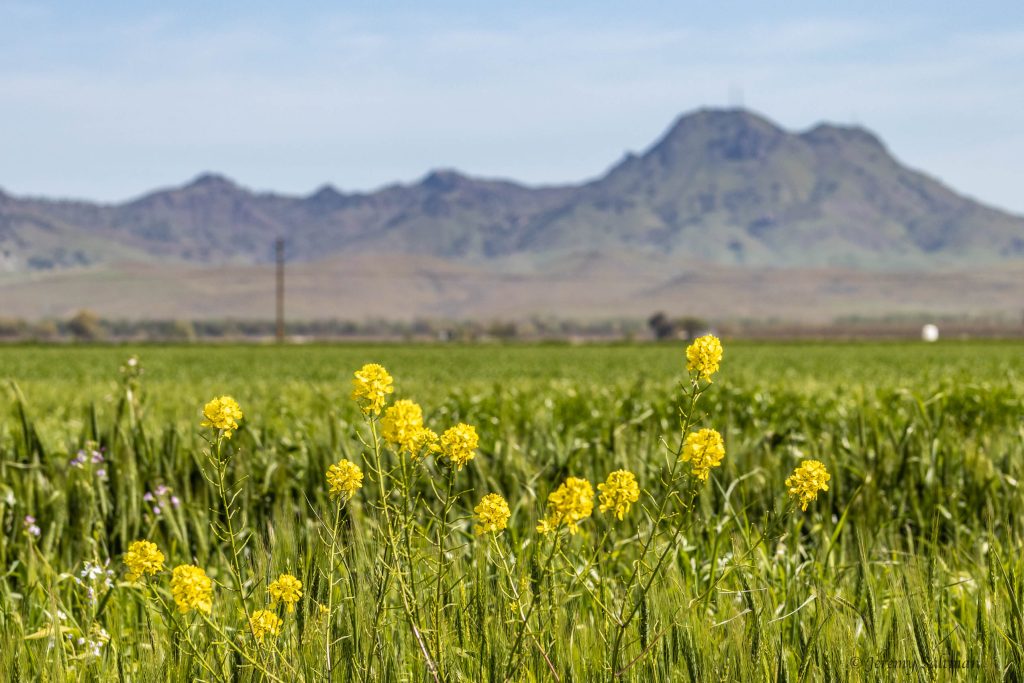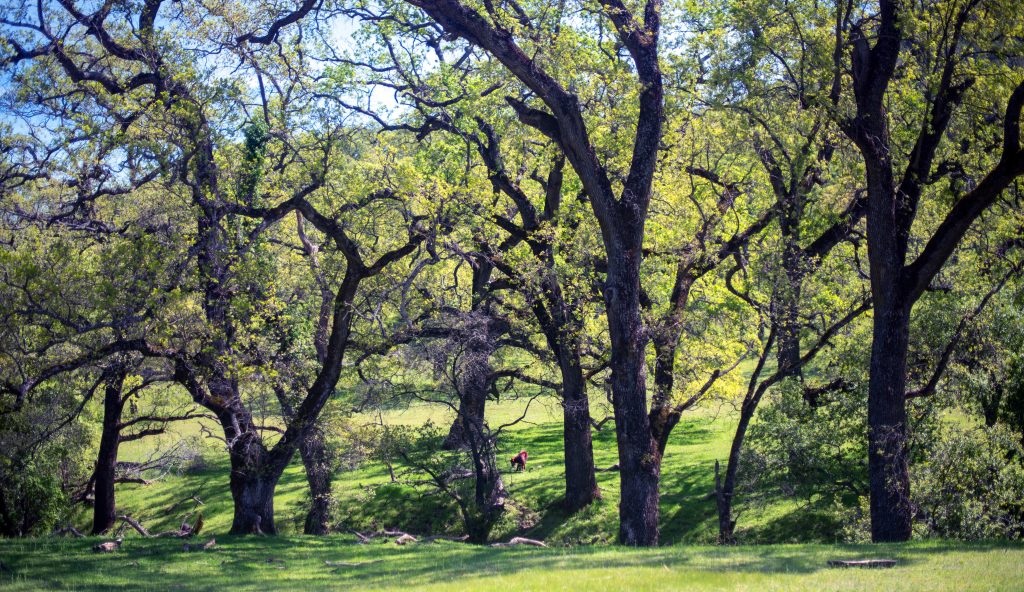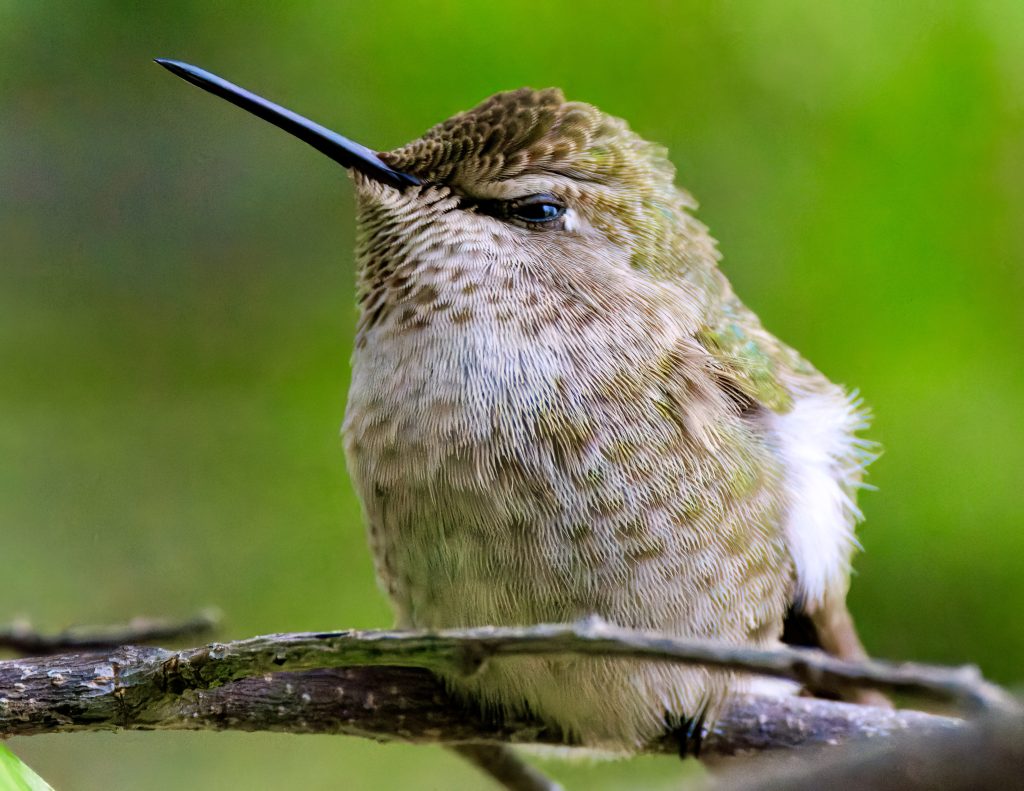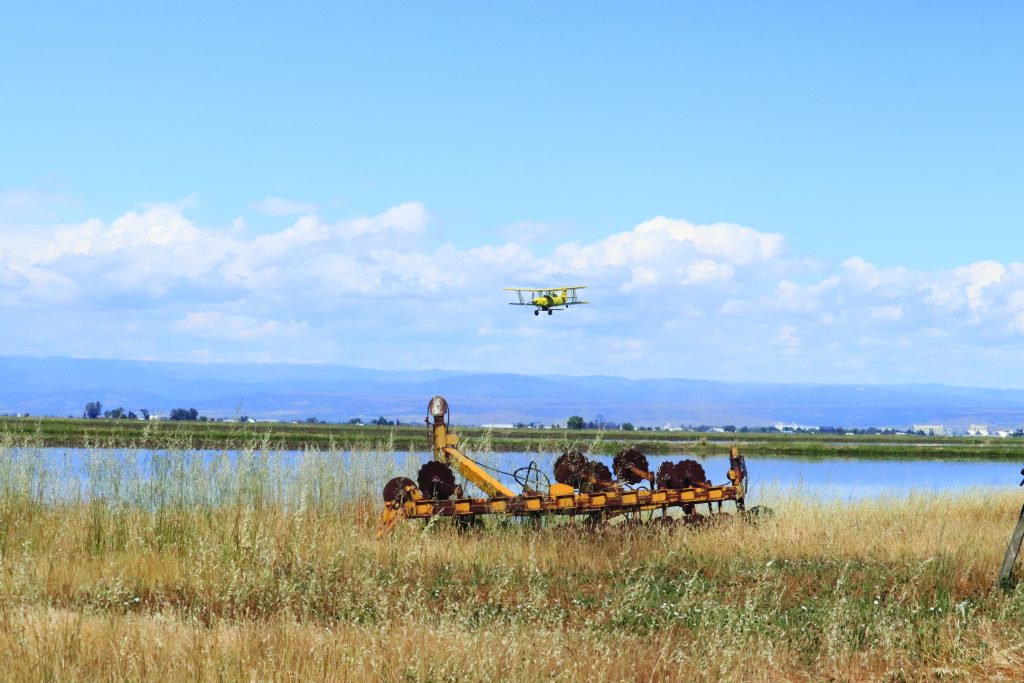
Frequently
Asked Questions












Common Landowner Questions
- Why should I grant a Conservation Easement?
Conservation Easements protect private land from development or other uses that are incompatible with the preservation goals. By granting an easement, the landowner is assured that the Conservation Values of the property will be protected, in perpetuity. In this way, landowners play a vital role in preserving America’s natural heritage for future generations. Conservation Easements can be purchased or donated, or a combination of the two. Landowners who donate easements to “qualified” charitable conservation organizations, such as a land trust, can receive substantial tax deductions if the transferred right(s) provide a significant public benefit, as is often the case. The Sutter Buttes Regional Land Trust meets the criteria of a “qualified” charitable organization under the Internal Revenue Code Section 501 (c) (3). - If there is a Conservation Easement on my property, does the Land Trust control my property?
The land trust does not have ownership of any part of the property upon which is holds an easement. The landowner will mortgage, sell, or otherwise transfer the property. However, land trusts do have a responsibility to make sure the terms of the easement are being honored through periodic onsite monitoring and other means.
- Does the conservation agreement allow for flexibility in how the land is used?The reserved rights for each property are intended to allow for agricultural, residential and recreational uses, as well as economic uses of the property while protecting the conservation values of the land. A conservation easement should not be so restrictive – should not remove so many opportunities to generate revenue from the land – that it could make the land a financial burden on present or future owners.
- Can the family continue to use the property and existing buildings?The easement will limit both subdivision and the construction of new structures or impermeable surfaces. Existing buildings and agricultural operations can continue to be used by the landowner without restrictions. The landowner retains all rights in the property other than those specifically removed or restricted by the conservation easement. Generally, the rights retained include the rights to privacy, to convey owner-ship, to continued agricultural or recreational activities and to generate income from traditional and sustainable uses of the land.
- Does the size of the property affect eligibility?The land trusts minimum acreage requirement is 50 acres. However, larger parcels typically get priority over smaller easement acreage projects.
- How long does it take to complete the easement process?Most projects typically take about 2.5 years to complete, which includes completing the grant applications to fund the purchase of the easement. Page 2 of 3
- How can donating an Easement reduce a property owner’s income tax?The donation of a conservation easement is a tax-deductible charitable gift, provided that the easement is perpetual and is donated “exclusively for conservation purposes” to a qualified conservation organization or public agency. Internal Revenue Code Section 170(h) generally defines “conservation purposes” to include the following: The preservation of land for outdoor recreation by, or the education of, the general public.
- The protection of relatively natural habitats of fish, wildlife or plants or similar ecosystems.
- The preservation of open space—including farmland and forest land—for scenic enjoyment or pursuant to an adopted governmental conservation policy. In either case, such open space preservation must yield a significant public benefit. The actual amount of money saved in income tax is based on the value of the property. The owner has the property appraised both at its fair market value without easement restrictions and at its fair market value with easement restrictions. The difference is the easement value. The newly enacted tax reconciliation bill raises the minimum deduction a donor can take from 30% to 50 % of a donor’s adjusted gross income. The deduction can be taken over a 15-year period, instead of 5 years. Potential easement donors should seek legal counsel from their tax attorney.
- Can donating an Easement reduce property tax?Property tax assessment is usually based on the property’s market value, which reflects the property’s development potential. If a conservation easement reduces the development potential of the property, it will reduce the level of assessment and the amount of the owner’s property taxes.
The actual amount of reduction, if any, depends on many factors. State law and the personal attitudes of local officials and assessors will influence or determine the decision to award property tax relief to easement grantors. Landowners should contact the Sutter County Assessor’s office if you have any further questions.
- How can granting an Easement reduce a property owner’s estate tax?
Many heirs to large historic estates and to large tracts of open space—farms and ranches in particular—face significant estate taxes. Even if the heirs wish to keep their property in the existing condition, the Federal estate tax is levied not on the value of the property for its existing use, but on its fair market value, usually the amount a developer or speculator would pay. The resulting estate tax can be so high that the heirs must sell the property to pay the taxes.A conservation easement, however, often can reduce estate taxes. If the property owner has restricted the property by a perpetual conservation easement before his or her death, the property must be valued in the estate at its restricted value. To the extent that the restricted value is lower than the unrestricted value, the value of the estate will be less, and the estate will be subject to a lower estate tax. (Note that if the property owner donates the easement during his or her lifetime, he or she will also realize income tax savings.)
Even if a property owner does not want to restrict the property during his or her lifetime, the owner can still specify in his or her will that a charitable gift of a conservation easement be made to a qualifying organization upon the owner’s death. If the easement is properly structured, the value of the easement gift will be deducted from the estate, reducing the value on which estate taxes are levied.We recommend that you contact your estate tax attorney for further clarification based on your current situation.
- What is an endowment and how much must be made each year to pay for the trust/easement?Each easement must include a non-wasting stewardship endowment that is intended to provide funding for land trust stewardship tasks. The endowment is invested so that the rate of return yields enough funds to cover annual stewardship tasks, into perpetuity. Stewardship tasks typically include annual monitoring site visit, completion of annual monitoring reports, and sign maintenance. In addition to stewardship tasks, a basic endowment also includes allocations for landowner relations, easement defense, transfer of ownership, exercised reserved rights, and amendments. Stewardship tasks and easement compliance costs typically average $4-5,000/year, depending on property size and complexity. Considering the investment market and average rate of return, the stewardship endowment would need to be approximately $140,000, in order to see a $5,000 annual return on our investment.
- How does the land trust legally protect the property?Annual monitoring visits ensure the terms of the conservation easement agreement are being adhered to. If the land trust discovers a violation of the easement terms, the land trust would document the violation and attempt to resolve the issue with the landowner. If the resolution requires legal action, the Sutter Buttes Regional Land Trust is a member of Terrafirma. Terrafirma insures its members against the legal costs of defending conservation while also providing information and training on risk management to the members. Terrafirma gives the land trust access to a collective fund and coverage provides participating land trusts with access to a national team of experts.
- How do I get started?The land trust has an internal review process for the board to approve a project. We typically start with having the landowner complete a landowner questionnaire and provide us with a current preliminary title report. These items help us better understand the property and its existing and potential future uses. We then follow-up with a site visit and meeting with the landowner. Once we’ve compiled some basic property information and completed an internal project review, it goes to our board for approval. This approval allows the land trust to formally engage with the landowner and pursue funding. It is also the point at which we would require a monetary retainer to cover staff time to pursue the easement and grant funding
Build partnerships to balance conservation with economic growth, flood protection & agriculture
Provide the resources to create extraordinary opportunities and preserve the Sutter Buttes legacy.
Property is more than just real estate. It is a legacy, a part of family heritage.
Copyright © 2022 Sutter Buttes Regional Land Trust | Yuba City, California. | Website hosting and design by Blueray Concepts
